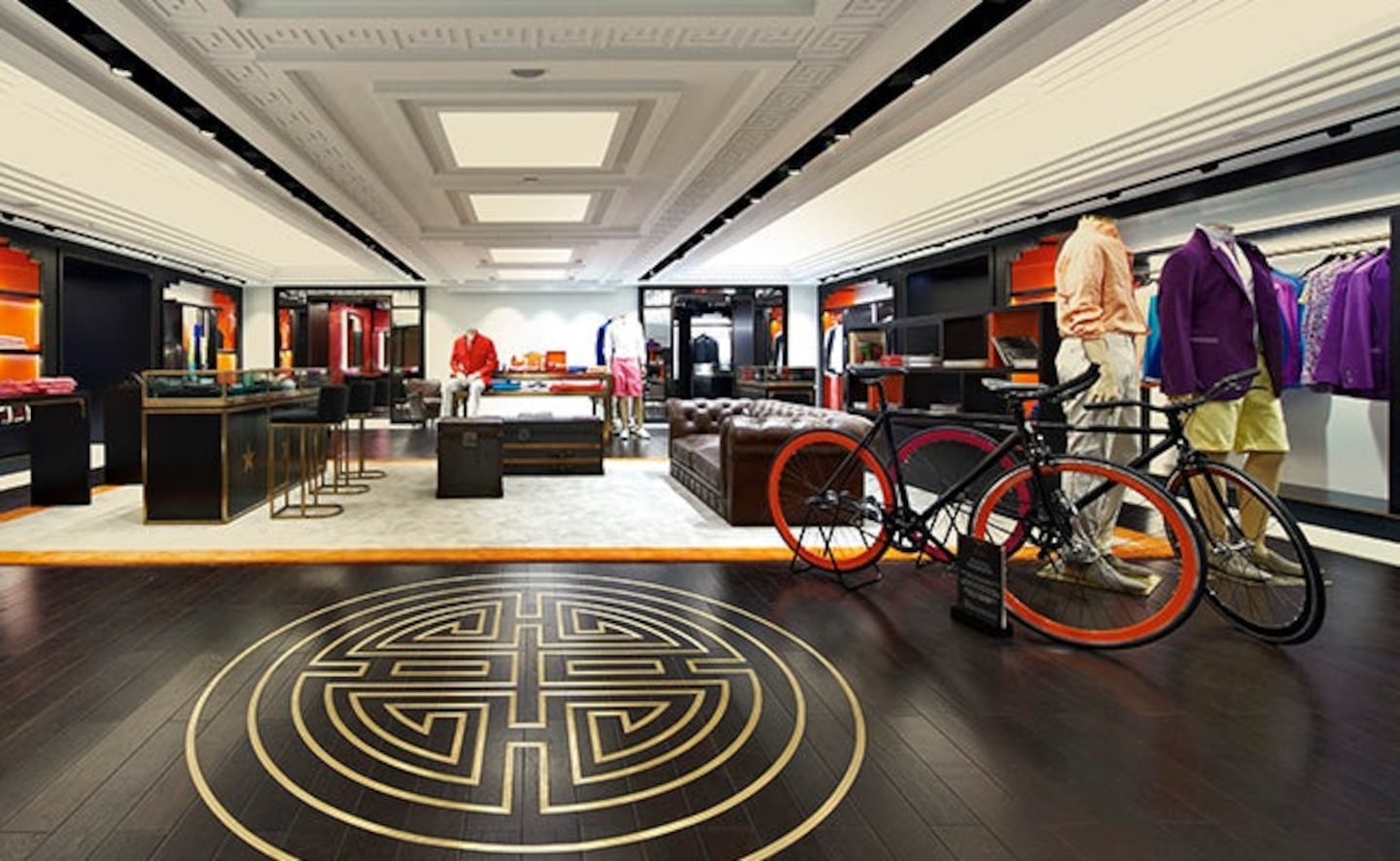
The Business of Fashion
Agenda-setting intelligence, analysis and advice for the global fashion community.

Agenda-setting intelligence, analysis and advice for the global fashion community.

"Can Shanghai Tang Become The Definitive Chinese Luxury Brand?" (CKGBS Knowledge)
Opening its doors on Hong Kong's Pedder Street in 1994 as a bespoke tailoring business, Shanghai Tang has grown into one of the most visible — and unapologetically so — Chinese luxury brands. It has always managed the balance well between traditional design elements and a contemporary retail presentation. Under the guidance and financial backing of Richemont since 1998, the brand has certainly achieved wider global recognition and respectability. Whether Shanghai Tang can be considered the benchmark of a Chinese 'maison', however, begs a different question altogether – which is more relevant, the endorsement of the established fashion community in the West, or being embraced by Mainland consumers as an indigenous luxury trademark?
"L'Oréal Expands Luxury Cosmetics in China" (Financial Times)
For L'Oréal chairman and chief executive Jean-Paul Argon, logistics and not wider economic concerns present the biggest challenge of growth in China: "The penetration of luxury is just beginning — we are building the future of luxury in this country." In addition to aggressively pushing expansion into Tier 2-3 markets and prioritizing digital engagement tools, the global beauty behemoth's inherent advantage lies in the range anddepth of its brand portfolio, enabling it to tier product offerings for vastly different profiles of aspirational consumers. In addition to its namesake products, L'Oréal manufactures and distributes premium cosmetics, skincare and fragrance under Lancôme, Helena Rubinstein, Kiehl's, Giorgio Armani, Urban Decay, Clarisonic, essie, Kérastase, La Roche-Posay, SkinCeuticals, Vichy and many more on a growing list.
"Chinese Hipsters Help Uniqlo Thrive Despite Anti-Japanese Xenophobia" (Quartz)
The Chinese Mainland performed strongly in the second half of 2012 for Fast Retailing's Uniqlo, despite rising political tension between the nations and ensuing anti-Japanese sentiments. The brand's skinny jeans and affordable cashmere knits remain highly popular with Chinese nationals, especially with the younger generation who may simply view Uniqlo as a global fashion retailer. Bullish on the market, the company is set to unveil its largest flagship yet in Shanghai in the fall. The 6,600 square meter shop will open on Huaihai Zhong Lu, a short distance south from the heavily trafficked existing flagship on Nanjing Xi Lu.
"Jing Picks: Shanghai-via-Beijing Indie Style Mecca, Triple-Major" (Jing Daily)
While talk of homegrown Chinese labels is de rigueur, to many China-watchers, it is the evolution of the domestic distribution landscape that warrants more scrutiny. Foreign brands who trade on a predominantly wholesale level in their home markets quickly run into the limitations of the retail-centric Chinese model. Outside of Hong Kong's multi-branded platforms such as Joyce, Lane Crawford and I.T, there is a dearth of independent shops that are able to position new labels to a discerning domestic audience. Beijing boutique Triple-Major belongs to the rare but growing breed of such independents, and is one of the more interesting concepts to watch. Founder Ritchie Chan set up shop two years ago in one of the city's historic hutongs, stocking an edgy lineup of Japanese, Scandinavian and American pieces next to his in-house label. Following in the footsteps of contemporaries like Dong Liang Studios and Fei Space, Triple-Major has recently expanded to Shanghai with a shop on Shaoxing Lu in the French Concession.
"Made-in-Asia Luxury Sheds Fake Image, Challenging Vuitton" (Bloomberg)
South Korean leather goods maker Couronne posted $40M in sales for 2012, and is reportedly sharing a similar Italian and French supplier base as the likes of Gucci, Prada and Louis Vuitton. While its more established European peers have historically relied on higher pricing to maintain brand exclusivity and positioning, Couronne's best-selling handbags retail in the $500 range, a fraction of the tags founds at the former. This competitive pricing strategy – without necessarily sacrificing quality of the make – employed by many regional Asian brands is unlikely to shift consumption for the most affluent Chinese shopper but stands to redefine the accessible luxury segment targeting the nation's sought-after middle-class.
With consumers tightening their belts in China, the battle between global fast fashion brands and local high street giants has intensified.
Investors are bracing for a steep slowdown in luxury sales when luxury companies report their first quarter results, reflecting lacklustre Chinese demand.
The French beauty giant’s two latest deals are part of a wider M&A push by global players to capture a larger slice of the China market, targeting buzzy high-end brands that offer products with distinctive Chinese elements.
Post-Covid spend by US tourists in Europe has surged past 2019 levels. Chinese travellers, by contrast, have largely favoured domestic and regional destinations like Hong Kong, Singapore and Japan.